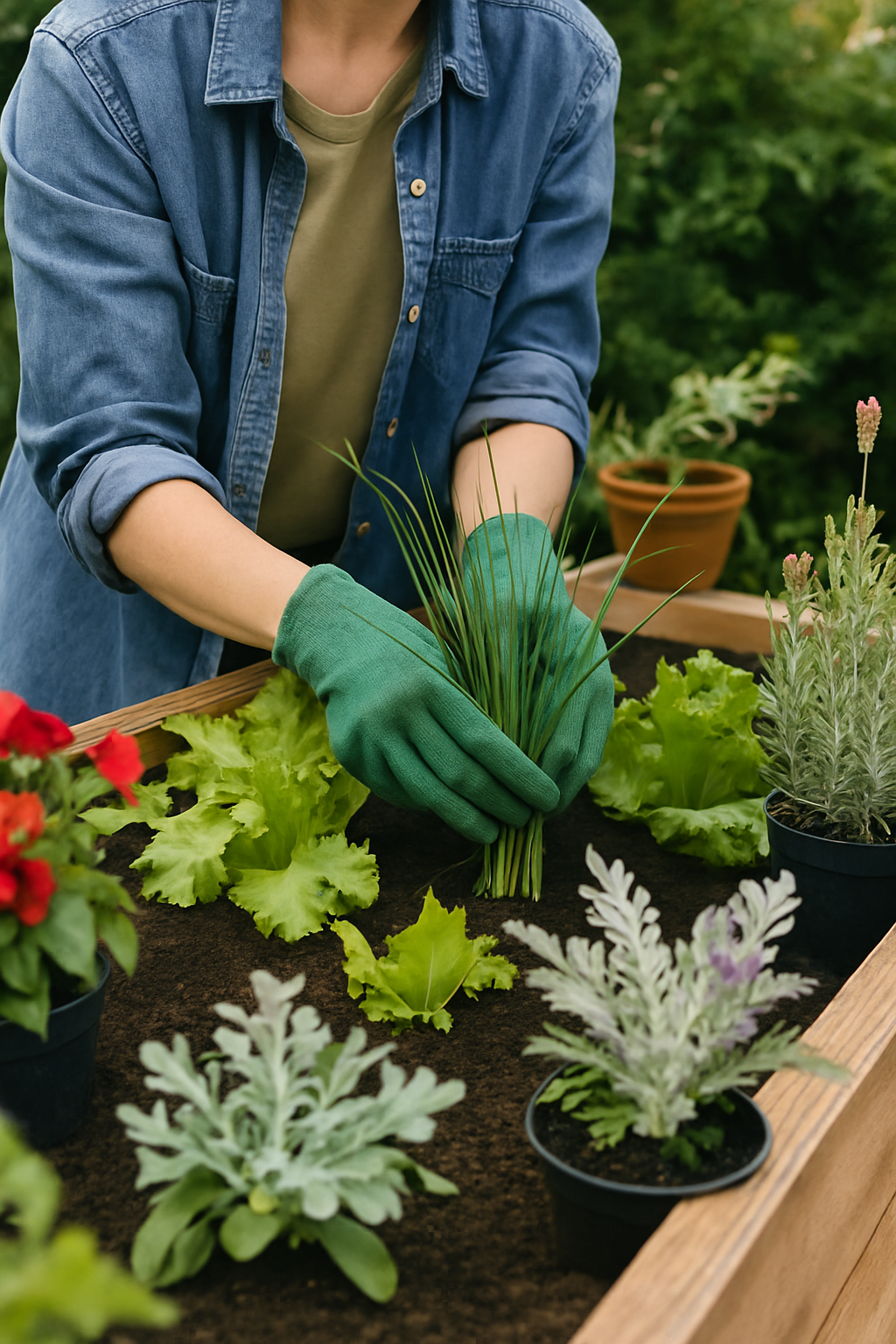I recently attended a lecture about the Incredible Edible Project. Started in 2007, the goal of the project was to bring people together by growing food in their gardens, school grounds or areas owned by their local authority.
In 2012, the Incredible Edible Network was launched with a further aim of making people self-sufficient in food production and helping to change behaviours and attitudes towards the environment. With more than 100 groups around the world, the network supports urban gardening and tries to get people to make use of “wasted” land in their local area (e.g. verges and neglected flower beds in streets or parks).
The lecture got me thinking about how individual gardeners could use their gardens to grow edibles, help the environment and become a little more self-sufficient.
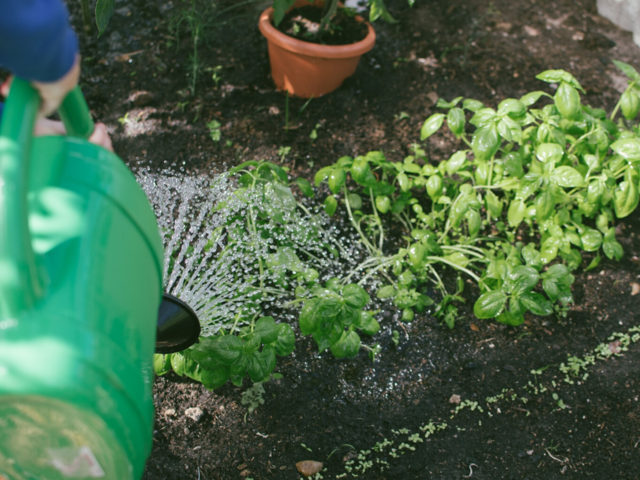
Image source: pexels
Growing edibles at home
You don’t need to have a large garden to produce food and even small city gardens or balconies can grow plants and vegetables that can be eaten. If you have a very small space, one technique you can use is to create different layers of plants so that many different species can co-exist. This will maximise your space and replicate a natural growing environment. In essence, this is the creation of a “food forest”.
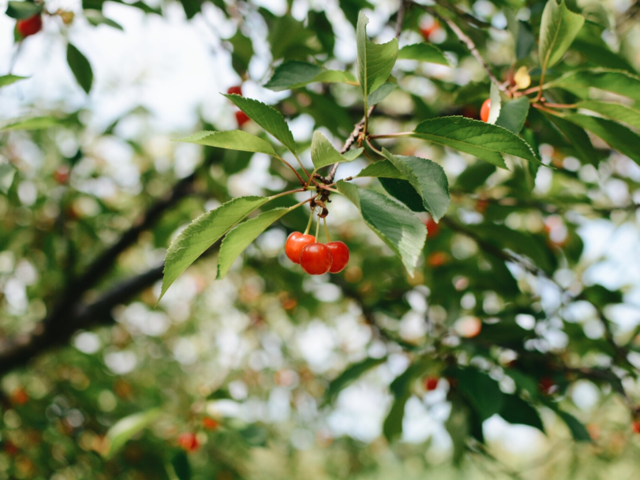
Image source: pexels
The top layer of the garden might consist of fruit trees, like cherries. Vines, such as grapes, could also run up the side of a house to make use of the vertical space. You could then plant herbs at ground level as they can tolerate some shade – mint is a good option here.
The sunniest spot is where you could create a perennial edibles area that includes nasturtium, garlic and kale. If you have slightly more space, you could plant rhubarb and raspberries – these provide a generous amount of edibles and look very pretty. You could also mix in some woody herbs, such as sage, thyme and rosemary, which will give your garden some year-round interest.
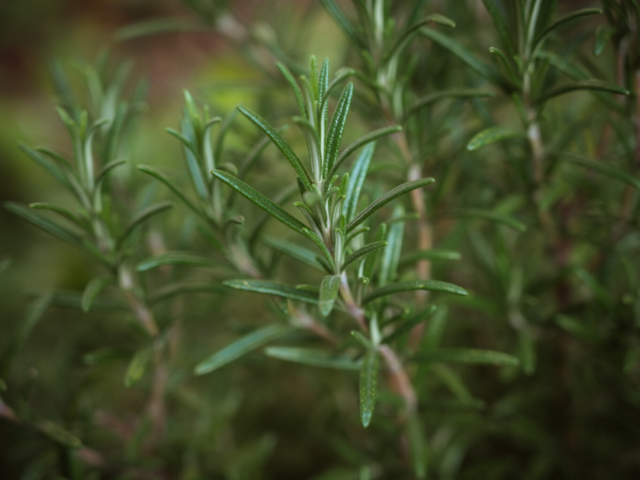
Image source: unsplash
Using perennials
Gardens with perennial crops develop natural, nutritious soil through the decomposition of organic matter (e.g. leaves and roots). As these crops mature, they also build topsoil and absorb atmospheric carbon. When well mulched, perennials can improve soil structure, organic matter, porosity and water-holding capacity.
Many perennial vegetables will produce a large bounty and are also beautiful additions to your outdoor space. Perennial crops don’t need to be tilled and provide a habitat for a large number of animals, fungi and other important soil life.
Be creative with your space
The front garden is an often-underused space and is ideal for growing herbs and vegetables. Even if you only have a single doorstep, you can plant herbs in pots to use in your next meal.
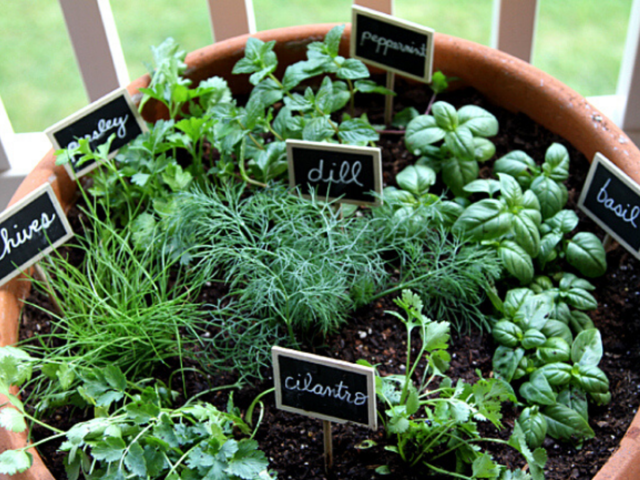
Image source: unsplash
You may have a shed or a garage with a flat roof – these areas are perfect for growing strawberries, tomatoes, chillies and cucumbers. These plants love as much sun as possible and can be raised in grow bags (or planter bags) placed on the roof.
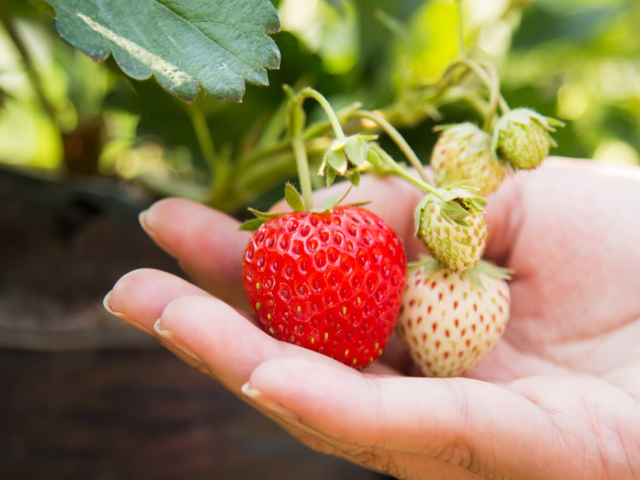
Image source: pexels
What suggestions do you have for growing edibles in your garden? It can take time to get your food forest established but the rewards will continue for many years.
You can take a look at the Incredible Edible Network for more information.
If you would like to learn more about garden design, check out our courses.

